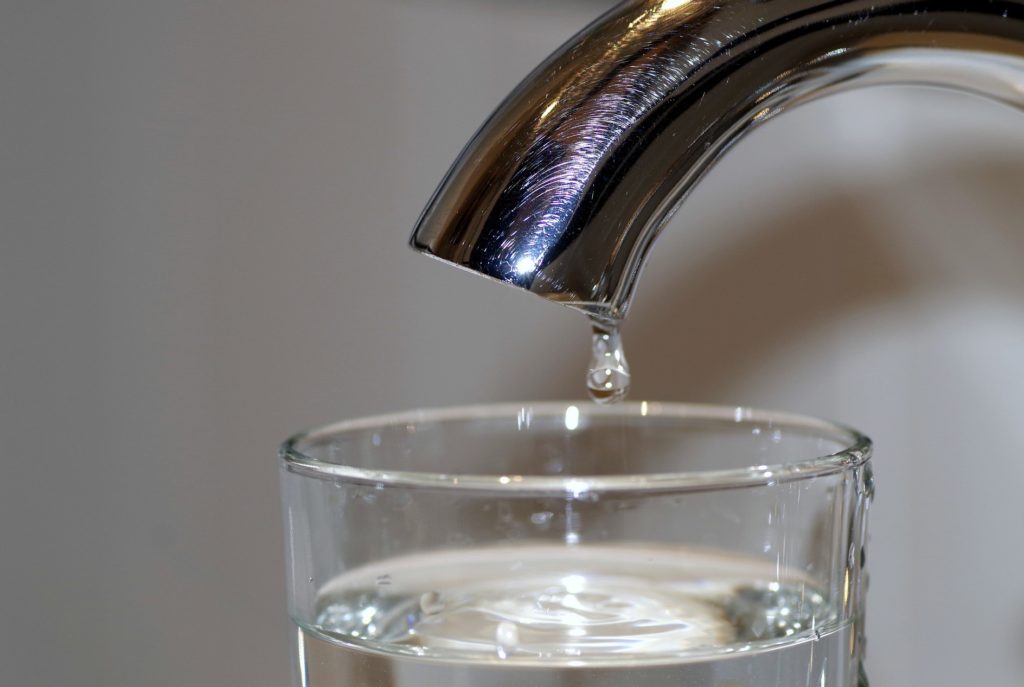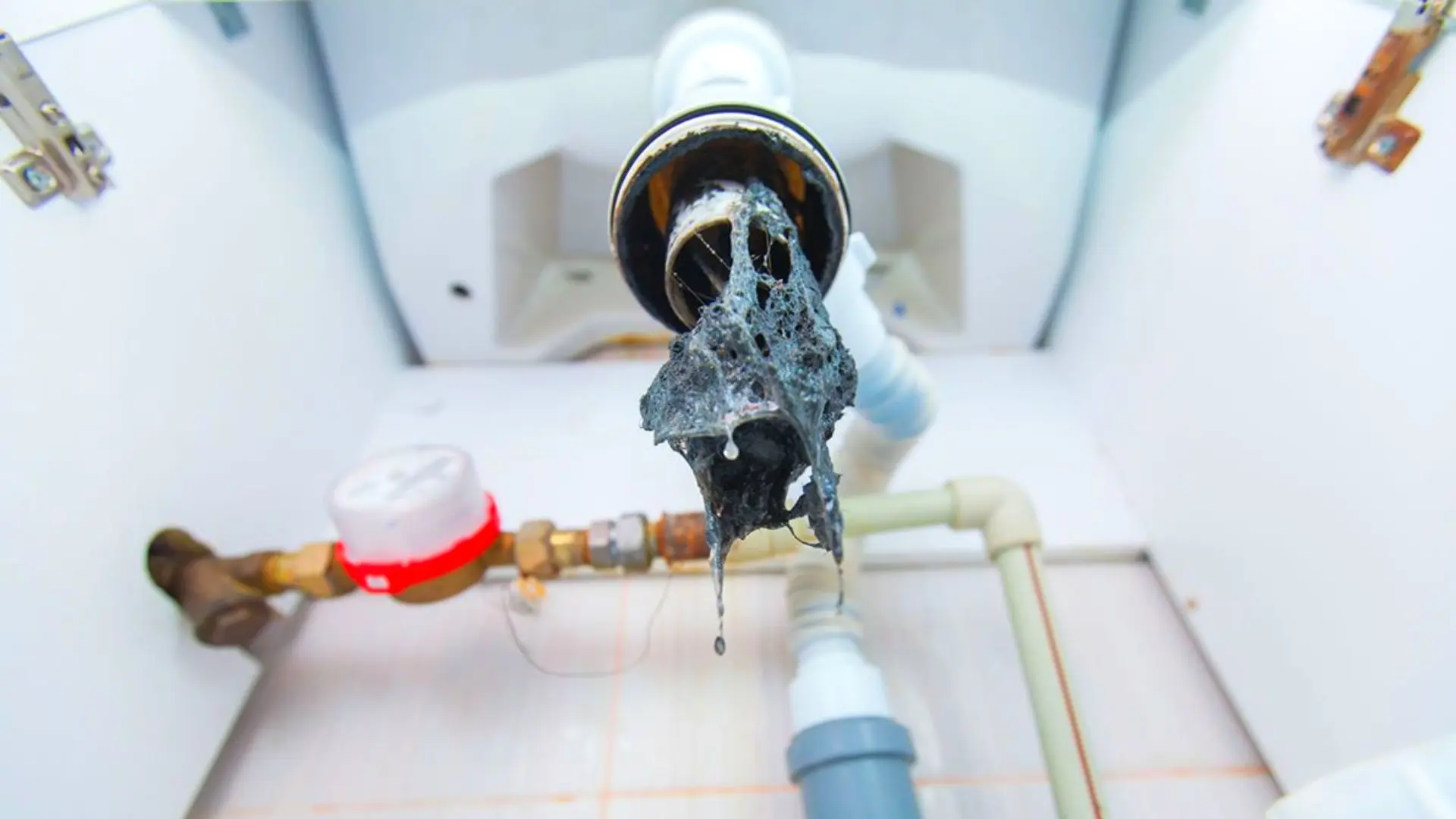The article down the page relating to 4 Ways to Troubleshoot Low Water Pressure is really motivating. Don't overlook it.

Low water stress in your house can be a discouraging trouble, influencing whatever from bathing to cleaning dishes. If you're experiencing weak water circulation, there are a number of feasible causes and solutions to check out. In this overview, we'll go over common factors for low tide pressure and useful steps to address the issue efficiently.
Intro to Low Water Stress
Low water pressure takes place when the flow of water from your taps, showers, and other fixtures is weaker than common. This can make everyday jobs much more challenging and much less effective. Recognizing the reasons for low water stress is crucial to finding the right option.
Common Sources Of Low Water Stress
Faulty Pressure Regulators
Pressure regulators are in charge of maintaining constant water stress in your house. If they malfunction, it can lead to low tide stress or irregular flow throughout the house.
Community Supply Of Water Issues
In some cases, the problem lies outside your home. Metropolitan supply of water issues, such as main line leaks or maintenance job, can momentarily decrease water pressure in your area.
Pipeline Obstructions
In time, pipelines can come to be obstructed with mineral deposits, debris, or particles, restricting the flow of water. This is an usual issue in older homes with galvanized steel pipes.
Deterioration
Corrosion within pipelines can bring about leakages and minimized water pressure. Corrosion build-up can restrict water flow, especially in maturing plumbing systems.
Just How to Diagnose Low Tide Pressure
Evaluating Pipelines
Evaluate visible pipelines for indications of leaks, rust, or obstructions. Take notice of any uncommon noises, such as knocking or rattling pipelines, which can show issues within the plumbing system.
Consulting with a Plumber
If you're incapable to identify the source of low water stress, take into consideration employing a specialist plumber to conduct a complete evaluation. They can determine underlying problems and recommend suitable remedies.
Inspecting Faucets and Components
Begin by examining the water stress at different faucets and components throughout your home. If the problem is separated to particular locations, it may indicate localized issues.
Do It Yourself Solutions to Repair Low Tide Pressure
Flushing Hot Water Heater
Sediment accumulation in the hot water heater can restrict circulation and reduce efficiency. Purging the storage tank regularly helps get rid of sediment and maintain ideal efficiency.
Inspecting Pressure Regulatory Authority
Make sure that the stress regulator is operating correctly. Readjusting or replacing the regulatory authority can help restore proper water pressure throughout your home.
Cleansing Aerators and Showerheads
Mineral deposits can accumulate in aerators and showerheads, reducing water flow. Eliminate and clean up these components frequently to improve water stress.
Clearing Clogs in Pipeline
For small obstructions, try utilizing a plumbing serpent or chemical drain cleaner to clear obstructions in pipelines. Beware when using chemicals and follow security standards.
When to Call a Professional Plumber
If do it yourself efforts fall short to solve the issue or if you presume substantial plumbing issues, it's ideal to look for support from a certified plumber. They have the proficiency and devices to resolve complex problems securely and effectively.
Preventive Measures to Keep Water Stress
Mounting a Pressure Booster
Consider installing a pressure booster pump to improve water stress in locations with consistently low flow. This can be especially valuable for multi-story homes or residential or commercial properties with high-demand components.
Tracking Water Use
Be mindful of water use practices and stay clear of overtaxing the plumbing system. Basic modifications, such as shocking showers and washing loads, can assist preserve sufficient water pressure.
Normal Maintenance
Set up routine maintenance for your plumbing system to stop problems such as rust, leakages, and clogs. Attending to minor problems early can help stay clear of more significant fixings later on.
Final thought
Dealing with low tide stress can be aggravating, however determining the underlying reasons and applying suitable remedies can restore ideal flow throughout your home. Whether it's cleaning aerators, evaluating pipes, or speaking with a plumber, taking proactive steps can make sure a stable supply of water for your everyday requirements.
FOUR WAYS TO FIX LOW WATER PRESSURE NOW
Turning on a shower or faucet only to find the water comes out in a sad, slow drizzle is never a good feeling. How exactly are you supposed to wash a pan or take a quick shower when it takes 10 minutes just to rinse off a little soap? The good news is that when your water pressure is bad, there's always a cause: typically one that can be easily fixed. Here are some of the most common causes of low pressure and what you can do to fix the issue:
DEBRIS AND MINERAL DEPOSIT BUILDUPS
If you notice low water pressure from just one or two of the fixtures in your house, the problem likely has to do with debris buildup. Water is full of minerals and other debris, all of which can accumulate in your pipes and on your fixtures. This can cause a blockage that affects how much water flows through. To fix this, try filling a small plastic bag with white vinegar, and use a rubber band to hang it around your showerhead or faucet. Let the head of the fixture soak for a few hours, and the vinegar should loosen the deposits.
WATER LEAKS
Leaks are another common cause of low water pressure. If water is flowing out of your plumbing through a hole or crack before it can reach your fixture, the pressure coming out of the faucet or showerhead will be lower. A plumbing professional is your best bet for finding and repairing a leak in your water supply pipes.
Leaks are another common cause of low water pressure. If water is flowing out of your plumbing through a hole or crack before it can reach your fixture, the pressure coming out of the faucet or showerhead will be lower. A plumbing professional is your best bet for finding and repairing a leak in your water supply pipes.
A VALVE ISSUE
If you have low water pressure throughout your home, check your main shut-off valve to make sure it's completely open. You may also want to see if there's a pressure-reducing valve installed. If there is, have a plumber help you adjust the settings to get the pressure you're looking for.
OTHERS USING WATER
Believe it or not, your low water pressure could be caused by your neighbors. If you notice low pressure at certain times of day, it may be because you and the people living next to you have similar schedules - when everyone is showering at the same time, the pressure will be lower in every home. Low pressure throughout the neighborhood may also be caused by an issue with your municipal water supply. If that's the case, call the supplier to see if they're working on the issue.
https://www.rotorooter.com/blog/water-leaking/low-water-pressure-fixes/

Do you enjoy more info about 4 Ways to Troubleshoot Low Water Pressure? Place feedback directly below. We will be glad to hear your opinions about this blog posting. We hope to see you back again later on. Sharing is caring. Helping others is fun. Thank you for going through it.
Click Here
Comments on “Easy Actions to Improve Low Water Pressure in Your Home”